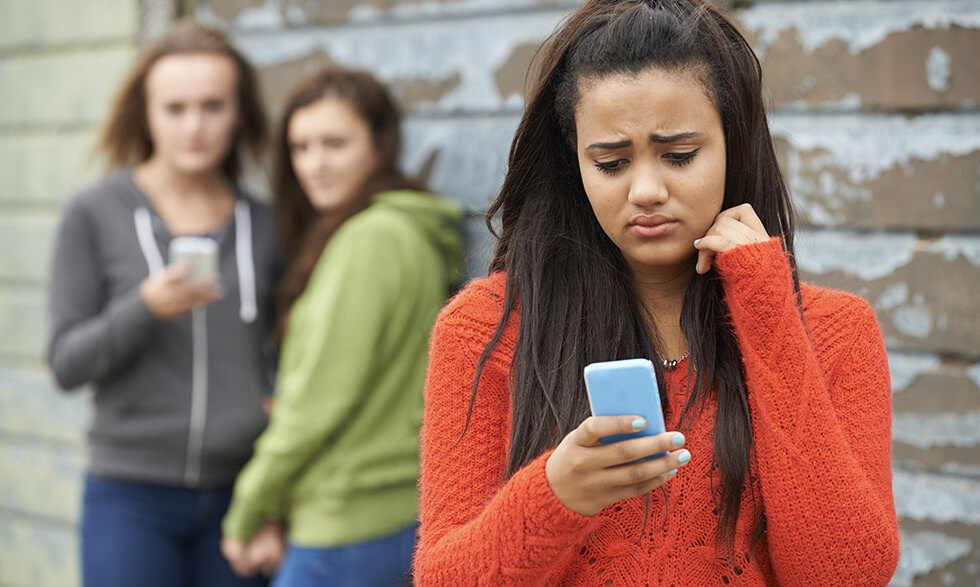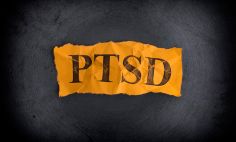Though bullying can happen at any age, it can be especially difficult for school-age children and teens. It can result in social and emotional distress, self-harm, and, in severe cases, even death. But bullying doesn’t just happen at school. Cyberbullying can happen anywhere, at any time.
October’s National Bullying Prevention Month aims to help parents, families, and educators understand this widespread problem and its impacts on health.
Common types
Bullying comes in many forms:
- Physical: Hitting, punching, kicking, pushing
- Verbal: Teasing, name-calling, making sexual comments or threats
- Social: Excluding others, spreading rumors, refusing to talk to someone, encouraging others to bully
- Cyber: Sending threatening messages online, posting content or information about others without their consent
Recently, cyberbullying has become especially common, expanding where and when kids can be bullied.
Health effects of bullying
Students who are bullied are at increased risk for mental health issues. Those can take the form of anxiety, low self-esteem, depression, and even thoughts of suicide. Kids who are bullied can have physical problems like tiredness, headaches, and poor eating habits, too. Unexplained injuries can also be a sign of bullying.
Children and teens who are bullies are at increased risk for substance use, academic problems, and violence against others later in life.
Some other signs of bullying are:
- Missing school, disliking school, or having poorer school performance than usual
- Self-destructive behaviors like running away from home or self-harm
- Lost or destroyed clothing, books, electronics, or jewelry
- Difficulty sleeping or frequent nightmares
- Suddenly losing friends or avoiding social situations
What to do
Parents can identify signs of bullying, talk with their child, and notify a teacher or school administrator. They can also help teach children skills to deal with bullying through role-playing.
For children who may need more support, parents can consider referring the child to a school counselor, psychologist, or other mental health specialist. Additionally, leading by example can positively influence children who bully or are likely to bully.
How the National Institutes of Health is addressing bullying
The National Institute of Child Health and Human Development does research to better understand the social triggers of bullying and cyberbullying in general. Topics include the effects of bullying and being bullied on a person’s health and well-being.







